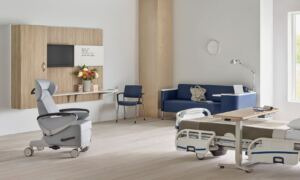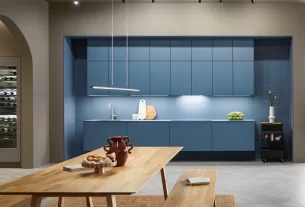Choosing furniture for hospitals is a multifaceted process that requires careful consideration of various factors to ensure functionality, safety, and patient well-being. Hospital furniture Dubai plays a crucial role in creating an environment that supports both medical professionals and patients. To make an informed decision, here are essential considerations when selecting furniture for healthcare settings:
Infection control:
In a hospital setting, infection control is of utmost importance. Hospital furniture should be designed with materials that are easy to clean and disinfect. Non-porous surfaces, smooth seams, and resistant materials help prevent the spread of infections, supporting a hygienic healthcare environment.
Durability and longevity:
Hospital furniture experiences constant use and is subjected to wear and tear. Therefore, durability is a key consideration. Opt for furniture made from robust materials that can withstand frequent cleaning and use. This ensures longevity and also minimizes the need for frequent replacements, contributing to cost-effectiveness.
Comfort and ergonomics:
Comfort is essential for patients, visitors, and healthcare professionals. Patient beds, chairs, and waiting area furniture should be designed with ergonomic principles to promote proper posture and reduce discomfort. Comfortable furniture contributes to a positive patient experience and supports the well-being of healthcare staff during long shifts.
Mobility and flexibility:
Hospital spaces often require furniture that can be easily moved or adjusted to accommodate changing needs. Mobile furniture, such as adjustable beds or modular seating, allows for flexibility in room layouts, facilitating efficient use of space and adaptability to evolving medical requirements.
Safety features:
Safety is a top priority in healthcare settings. Furniture should be designed with features that reduce the risk of accidents. This includes anti-tip mechanisms for cabinets and wardrobes, rounded edges to prevent injuries, and secure locking mechanisms for patient beds and cribs to ensure patient safety.
Compliance with regulations:
Hospital furniture must adhere to strict regulations and standards set by healthcare authorities. Compliance with guidelines ensures that the furniture meets safety, hygiene, and quality requirements. Choosing furniture from reputable manufacturers with a focus on healthcare standards helps in meeting regulatory compliance. In addition, patient-centered design involves creating spaces and selecting furniture that considers the comfort and well-being of patients. This includes features like easily accessible bedside tables, comfortable seating for visitors and furniture configurations that facilitate patient interaction with medical staff.



